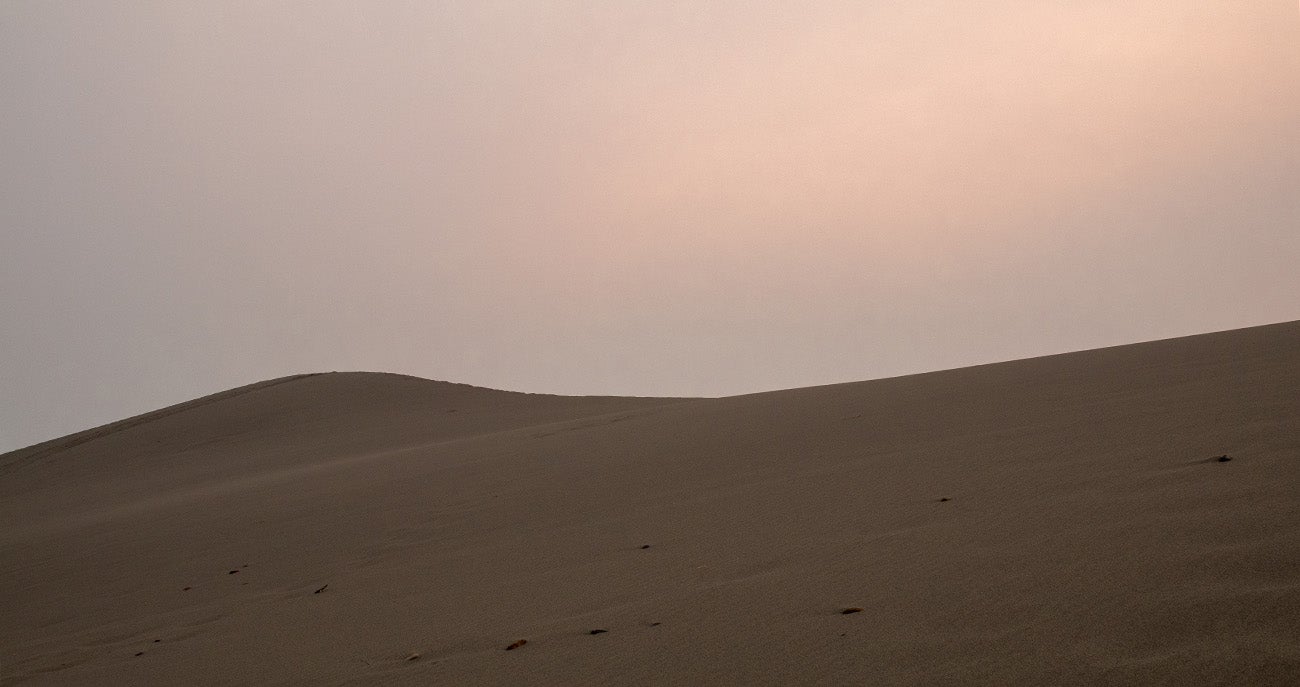
While scientists have an understanding of the interactions between the surface of the Earth and its atmosphere, they know very little about these dynamics on other planets. What conditions exist between the surface and the atmosphere on Mars, for example, and what are the obstacles to understanding these better?
Brian Jackson, associate professor in the Department of Physics at Boise State, intends to find out. NASA’s Research Opportunities in Space and Earth Sciences, also known as the ROSES program, recently awarded Jackson a grant to organize and produce a workshop focused on addressing key gaps in the science and in-situ measurement of planetary surface-atmospheric interactions.
While NASA’s programs collect a lot of data about the surface of the planet, few Mars missions focus on collecting data about the interactions between the surface and the atmosphere.
“Creatures that live on a planet live at this interface between the surface and the atmosphere,” Jackson said. For instance, dust on Mars plays an important role in the climate of Mars, and scientists have observed dust storms on Mars that only appear every two to three years, but they do not have a good understanding of how or why these occur. “Dust on Mars can actually act as a greenhouse warmer, but we won’t know why these dust storms happen unless we can study these interactions,” Jackson said.
The workshop, scheduled for the end of June 2022, will bring together planetary and terrestrial scientists, along with engineers, to develop a comprehensive understanding of present technological capabilities for investigations of planetary surface-atmosphere interaction, and to identify needs of a potential, future NASA study.
“I don’t want to say that this workshop is intended to design a NASA mission because it’s not. It’s broader than that,” Jackson said.
The multi-day workshop includes a research trip to the Bruneau Dunes State Park where participants will conduct field experiments. “Transport of sand in an atmosphere is an important process so we’re going to set up equipment on the dunes to explore the kinds of setups we might want to set up on Mars,” Jackson explains.
At the end of the workshop, Jackson and others will prepare several publications for NASA. And for the public, the Boise State Physics’ First Friday Astronomy event at 7:30 p.m. on July 1 will feature “Dust Storms on Mars” with Alejandro Soto, senior research scientist at the Southwest Research Institute. Get details about this event on the Boise State physics website.